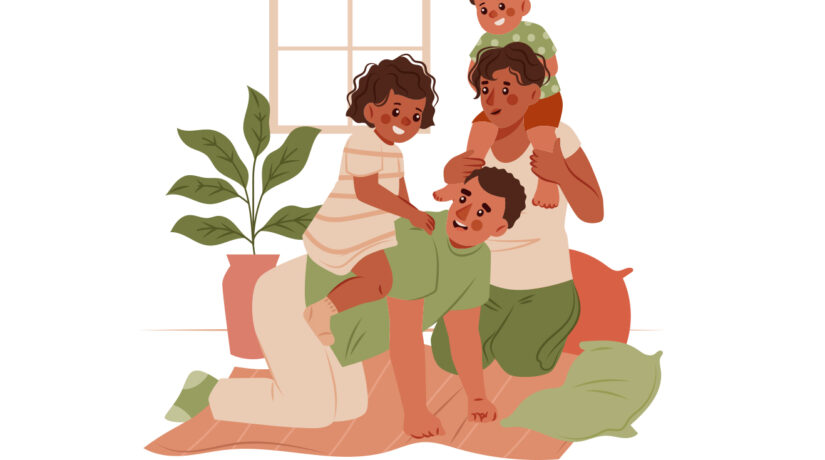Dealing with night terrors in autistic children can be challenging, but there are strategies that parents and caregivers can use to help manage these episodes and, in some cases, prevent them. Here are some tips to consider:
Connect with us : https://www.facebook.com/bechangecentre
Sensory-Friendly Bedtime Corner
Create a designated area in the child’s room that caters to their sensory needs. Use soft, calming colors and incorporate different textures like plush pillows, velvety blankets, or silk sheets. Include a small indoor fountain that produces soothing sounds, turning the corner into a sensory oasis. Autistic children with Night Terrors often find comfort in specific textures, so tailoring their bedding and surroundings can enhance their sense of security and relaxation.
Dream Catcher Ritual
Explain the concept of dream catchers to the child. Together, create a beautiful dream catcher, emphasizing its protective role. Hang it above their bed, explaining that it will capture any bad dreams, allowing only good dreams to pass through. This imaginative ritual empowers the child, giving them a sense of control over their dreams and easing bedtime anxiety.
Night time Stargazing:
Install a projector that displays a starry night on the bedroom ceiling. These projectors often come with calming visuals, including stars and moving galaxies. Encourage the child to lie down and “stargaze” before sleep, fostering a sense of wonder and calmness. This magical experience can divert their attention from nighttime fears, making falling asleep a delightful adventure.
Magic Sleep Spray:
Involve the child in creating a special “magic sleep spray.” Use a water spray bottle and add a few drops of calming essential oils like lavender or chamomile. Label it as a potent charm that repels bad dreams. Let the child spray it around the room before bedtime, creating a fun and empowering bedtime ritual.
Bedtime Stories with a Twist:
Craft bedtime stories where the child is the hero of the tale, facing challenges and overcoming them. Personalize the stories by incorporating the child’s interests, hobbies, and favorite characters. These empowering narratives boost the child’s confidence and provide a positive mindset before they drift off to sleep, reducing anxiety.
Interactive Bedtime Games:
Develop simple yet engaging bedtime games that promote relaxation. For instance, create a “breathing game” where the child imitates the rhythm of ocean waves with their breathing. These interactive games divert their attention from potential anxieties, encouraging them to focus on calming activities before sleep.
Glow-in-the-Dark Reward System:
Establish a reward system using glow-in-the-dark star stickers. Every peaceful night earns a star sticker. When a certain number of stars are collected, offer a reward, such as a small toy, a favorite treat, or a special outing. This positive reinforcement encourages the child to associate bedtime with positive experiences, reducing nighttime fears.
Soothing Sensory Bottles:
Create sensory bottles filled with water, glitter, and calming colors. These bottles act as a mesmerizing visual tool. When shaken gently, the glitter swirls, providing a soothing effect. Autistic children often find repetitive visual stimuli comforting, making these sensory bottles an effective pre-sleep activity.
Themed Sleep Adventure:
Turn bedtime into an imaginative adventure by introducing a theme. For instance, transform the room into an “Underwater Exploration” or a “Space Voyage” setting. Use themed bedding, nightlights, and soft toys related to the theme. Engaging the child’s imagination and excitement can replace nighttime fears with a sense of anticipation for their bedtime adventures.
Positive Affirmation Cards:
Create a deck of positive affirmation cards with reassuring statements such as “I am safe,” “My dreams are happy,” or “I am brave.” Place these cards near the child’s bed. Encourage the child to choose a card each night and repeat the affirmation. These positive messages instill confidence and security, helping the child face bedtime with a positive mindset.
By incorporating these creative and personalized approaches, bedtime can transform from a source of anxiety into a delightful, empowering experience for autistic children. These strategies aim to create a positive, calming atmosphere, fostering a sense of security and making bedtime a time to look forward to.
Read about creating a Bed Time routine of Autistic Kids



